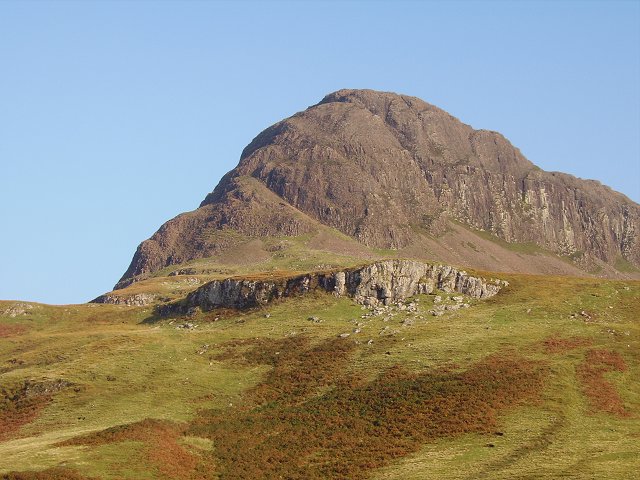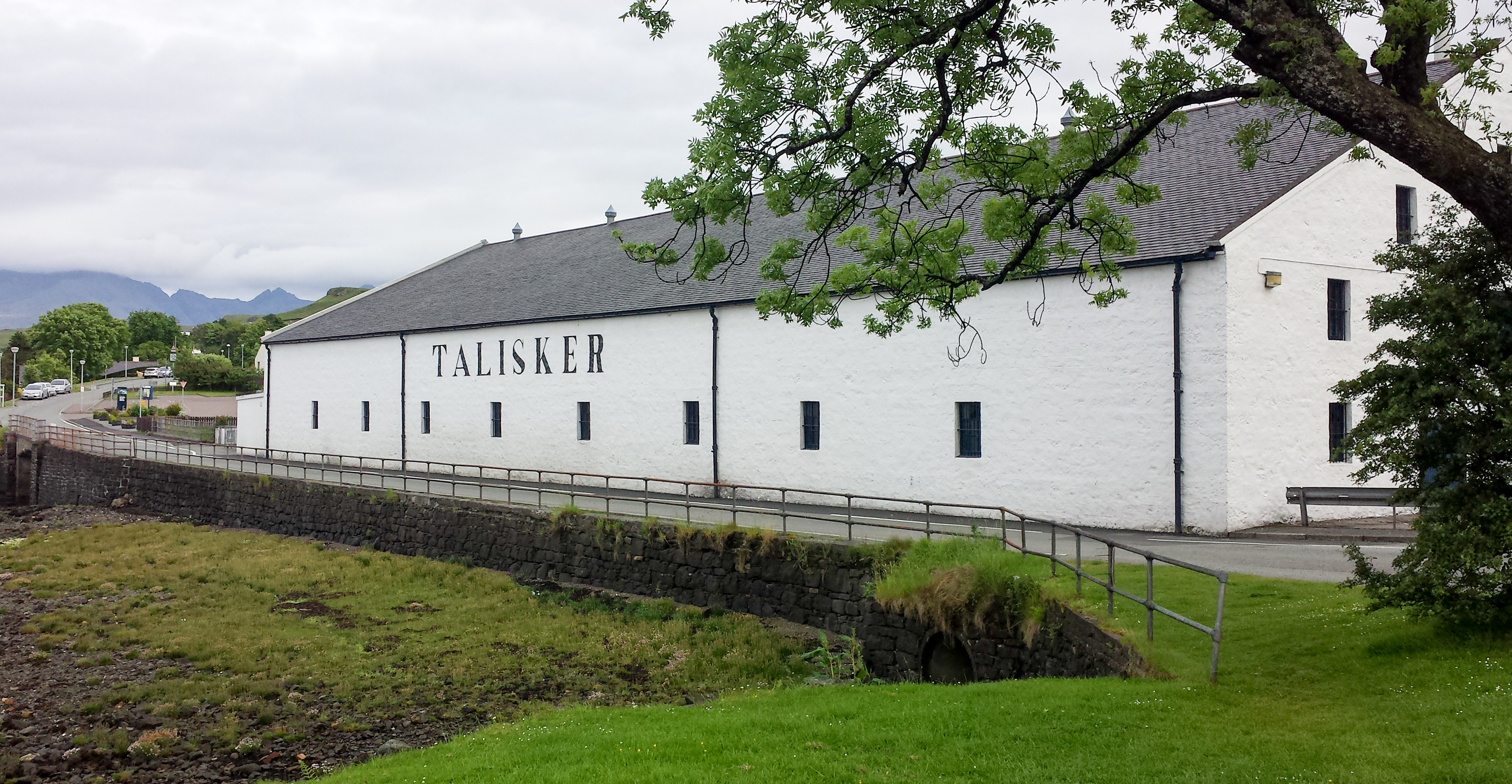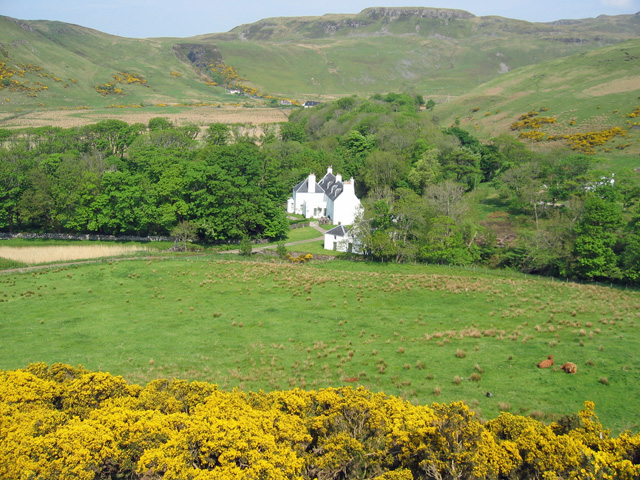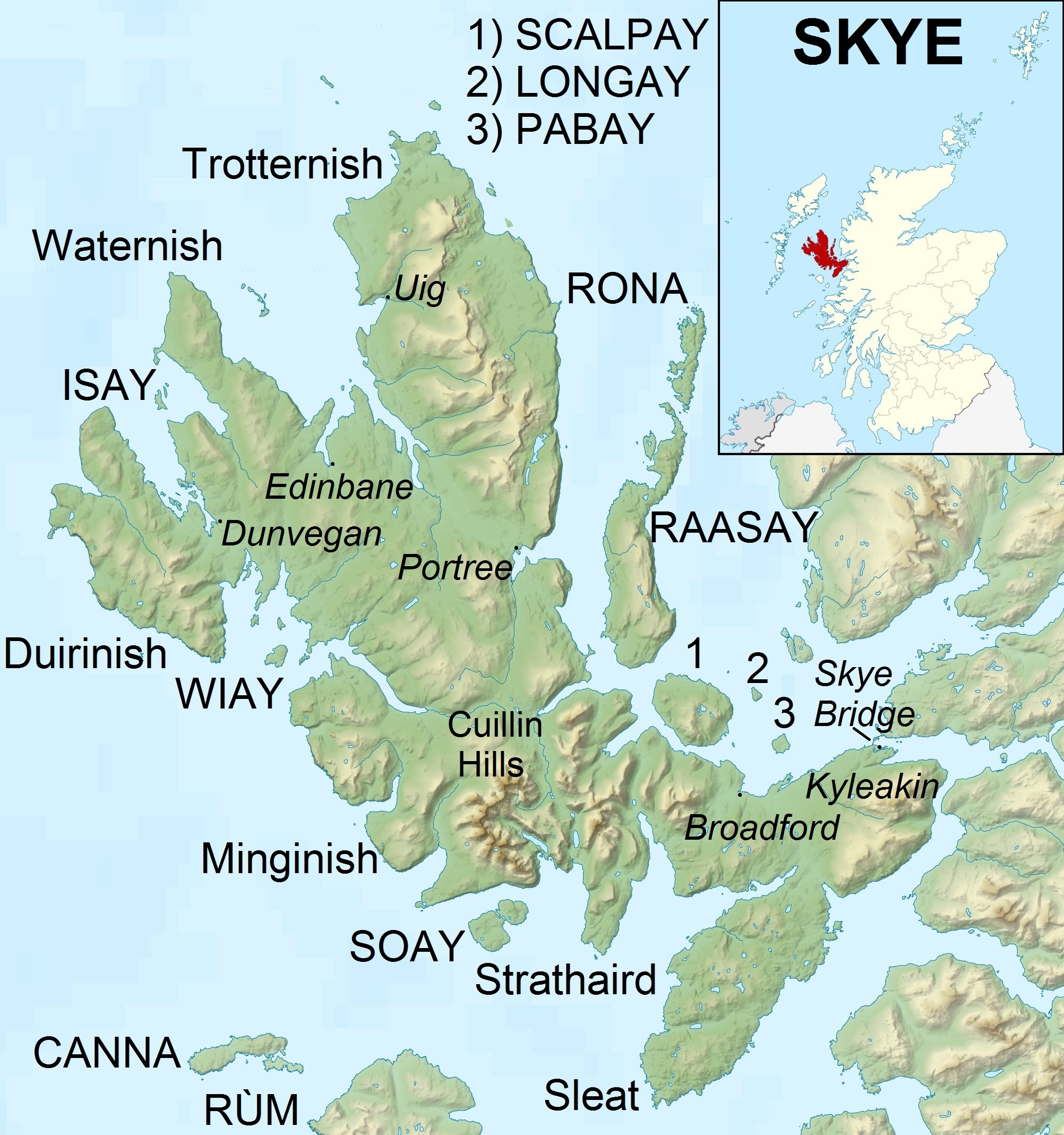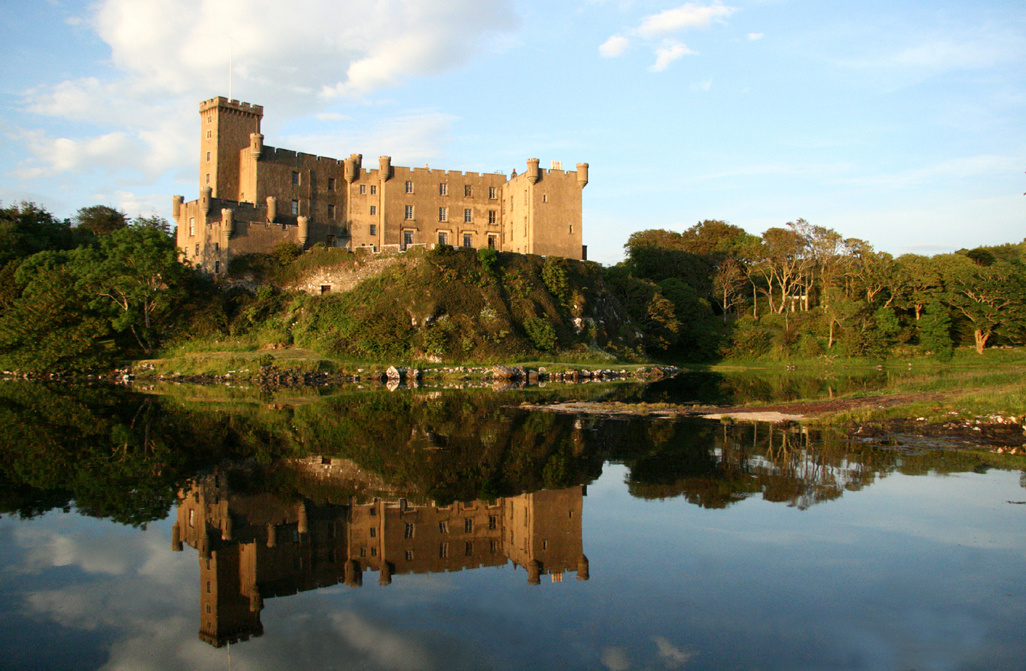|
Talisker
Talisker ( gd, Talasgair) is a settlement on the Minginish peninsula in the Isle of Skye, Scotland. History Talisker was for centuries a possession of the Clan Macleod. For nearly two hundred years it was associated with a cadet branch of the chiefly line, founded by Sir Roderick Macleod, 1st of Talisker (1606-1675). Sir Roderick was the second son of Rory Mor Macleod (d.1626) and Isabel, daughter of Donald Macdonell, 8th of Glengarry. Along with his brother, Sir Norman Macleod of Bernera, he was knighted in 1661 for his services to the royalist cause. He married first a daughter of Lord Reay and secondly Mary, daughter of Lachlan Og Mackinnon of Mackinnon. John Macleod, 2nd of Talisker, who died in about 1700 was the subject of an elegy, ''Cumha do Fhear Thalasgair'' (“Lament for the Laird of Talisker”), written by the blind harpist, Ruaidhri Dall MacMhurich. Johnson and Boswell visited Talisker in 1773. Johnson’s ''Journey'' reveals him to have been impressed by ... [...More Info...] [...Related Items...] OR: [Wikipedia] [Google] [Baidu] |
Talisker Distillery
Talisker Distillery is an island single malt Scotch whisky distillery based in Carbost, Scotland on the Minginish Peninsula on the Isle of Skye. The distillery is operated by Diageo and Taliskers’ 10 year old whisky has been nominated as part of their '' Classic Malts'' series. The brand is considered a premium single malt Whisky. In 1830 Hugh MacAskill leased the site from the MacLeods, having raised £3,000 and built the distillery. He chose to name it after his estate, Talisker, (some 5 miles west) rather than the village in which it was located. History After a number of false starts, the distillery was founded in 1830 by Hugh and Kenneth MacAskill. It opened at Carbost in 1831 after they acquired the lease of Talisker House from Clan MacLeod. In 1879, it was purchased for £1,810 () by a firm which became known as R. Kemp & Co. when it had a production capacity of 700 gallons per week. The principal partner was A.G. Allan, Procurator-Fiscal for Elginshire. The other p ... [...More Info...] [...Related Items...] OR: [Wikipedia] [Google] [Baidu] |
Talisker House - Geograph
Talisker ( gd, Talasgair) is a settlement on the Minginish peninsula in the Isle of Skye, Scotland. History Talisker was for centuries a possession of the Clan Macleod. For nearly two hundred years it was associated with a cadet branch of the chiefly line, founded by Sir Roderick Macleod, 1st of Talisker (1606-1675). Sir Roderick was the second son of Rory Mor Macleod (d.1626) and Isabel, daughter of Donald Macdonell, 8th of Glengarry. Along with his brother, Sir Norman Macleod of Bernera, he was knighted in 1661 for his services to the royalist cause. He married first a daughter of Lord Reay and secondly Mary, daughter of Lachlan Og Mackinnon of Mackinnon. John Macleod, 2nd of Talisker, who died in about 1700 was the subject of an elegy, ''Cumha do Fhear Thalasgair'' (“Lament for the Laird of Talisker”), written by the blind harpist, Ruaidhri Dall MacMhurich. Johnson and Boswell visited Talisker in 1773. Johnson’s ''Journey'' reveals him to have been impressed by h ... [...More Info...] [...Related Items...] OR: [Wikipedia] [Google] [Baidu] |
Isle Of Skye
The Isle of Skye, or simply Skye (; gd, An t-Eilean Sgitheanach or ; sco, Isle o Skye), is the largest and northernmost of the major islands in the Inner Hebrides of Scotland. The island's peninsulas radiate from a mountainous hub dominated by the Cuillin, the rocky slopes of which provide some of the most dramatic mountain scenery in the country. Slesser (1981) p. 19. Although has been suggested to describe a winged shape, no definitive agreement exists as to the name's origins. The island has been occupied since the Mesolithic period, and over its history has been occupied at various times by Celtic tribes including the Picts and the Gaels, Scandinavian Vikings, and most notably the powerful integrated Norse-Gaels clans of MacLeod and MacDonald. The island was considered to be under Norwegian suzerainty until the 1266 Treaty of Perth, which transferred control over to Scotland. The 18th-century Jacobite risings led to the breaking-up of the clan system and later clea ... [...More Info...] [...Related Items...] OR: [Wikipedia] [Google] [Baidu] |
Minginish
Minginish ( gd, Minginis) is a peninsula on the Isle of Skye in Scotland. It is situated on the west coast of the island and runs from Loch Scavaig in the south (which separates Minginish from the Strathaird Peninsula), along the western coast of Skye to Loch Bracadale in the north west (which separates Minginish from the Duirinish Peninsula), to Loch Harport in the north east, and Glen Sligachan in the south east. It includes most of the peaks of the Cuillin hills including Sgurr Alasdair, the highest point on the island at . The island of Soay lies offshore across the Soay Sound, with the Small Isles further south across the Cuillin Sound. Much of the interior is uninhabited and the terrain is a series of hills and mountains dissected by steep-sided valleys such as Glen Brittle and Glen Eynort. To the east, Loch Coruisk, which has been painted by William Daniell and J.M.W. Turner amongst others and visited by Walter Scott. is only accessible by boat or on foot via a track ... [...More Info...] [...Related Items...] OR: [Wikipedia] [Google] [Baidu] |
Carbost, Loch Harport
Carbost ( gd, Càrrabost) is a village on the south-west shore of Loch Harport on the Minginish peninsula on the Isle of Skye and is in the Highland council area. Carbost becomes a tourist hub in summer months due to the presence of the Talisker Distillery which is also one of the main employers in the village along with the local pub, The Old Inn. Along the main road there is a community run grocery & provisions store and a coffee shop, Caora Dhubh (which means 'Black Sheep' in Scottish Gaelic.) North of the distillery, Carbost Waterfront provides access to the water via a Pier, slipway & pontoons. Moorings are provided for residents and visitors with fishing boats, yachts & other recreational craft. These facilities are maintained by a community company which is expanding the facilities, including mains water to the pier & pontoons. Carbost lies 8 miles from Glen Brittle Fairy Pools, 3 miles from Portnalong and 4 miles from Fiskavaig Fiskavaig or Fiscavaig ( gd, Fio ... [...More Info...] [...Related Items...] OR: [Wikipedia] [Google] [Baidu] |
Clan Macleod
Clan MacLeod (; gd, Clann Mac Leòid ) is a Highland Scottish clan associated with the Isle of Skye. There are two main branches of the clan: the MacLeods of Harris and Dunvegan, whose chief is MacLeod of MacLeod, are known in Gaelic as ' ("seed of Tormod"); the Clan MacLeod of Lewis and Raasay, whose chief is MacLeod of The Lewes ( gd, Mac Ghille Chaluim), are known in Gaelic as ' ("seed of Torcall"). Both branches claim descent from Leòd, who lived in the 13th century. Today, Clan MacLeod of The Lewes, Clan MacLeod of Raasay, and Clan MacLeod are represented by "Associated Clan MacLeod Societies", and the chiefs of the three clans. The association is made up of ten national societies across the world including: Australia, Canada, England, France, Germany, New Zealand, Scotland, South Africa, Switzerland, and the United States. History Origins The surname MacLeod means 'son of Leod'. The name Leod is an Anglicization of the Scottish Gaelic name Leòd, which is thought t ... [...More Info...] [...Related Items...] OR: [Wikipedia] [Google] [Baidu] |
Highland (council Area)
Highland ( gd, A' Ghàidhealtachd, ; sco, Hieland) is a council area in the Scottish Highlands and is the largest local government area in the United Kingdom. It was the 7th most populous council area in Scotland at the 2011 census. It shares borders with the council areas of Aberdeenshire, Argyll and Bute, Moray and Perth and Kinross. Their councils, and those of Angus and Stirling, also have areas of the Scottish Highlands within their administrative boundaries. The Highland area covers most of the mainland and inner-Hebridean parts of the historic counties of Inverness-shire and Ross and Cromarty, all of Caithness, Nairnshire and Sutherland and small parts of Argyll and Moray. Despite its name, the area does not cover the entire Scottish Highlands. Name Unlike the other council areas of Scotland, the name ''Highland'' is often not used as a proper noun. The council's website only sometimes refers to the area as being ''Highland'', and other times as being ''the ... [...More Info...] [...Related Items...] OR: [Wikipedia] [Google] [Baidu] |
Site Of Special Scientific Interest
A Site of Special Scientific Interest (SSSI) in Great Britain or an Area of Special Scientific Interest (ASSI) in the Isle of Man and Northern Ireland is a conservation designation denoting a protected area in the United Kingdom and Isle of Man. SSSI/ASSIs are the basic building block of site-based nature conservation legislation and most other legal nature/geological conservation designations in the United Kingdom are based upon them, including national nature reserves, Ramsar sites, Special Protection Areas, and Special Areas of Conservation. The acronym "SSSI" is often pronounced "triple-S I". Selection and conservation Sites notified for their biological interest are known as Biological SSSIs (or ASSIs), and those notified for geological or physiographic interest are Geological SSSIs (or ASSIs). Sites may be divided into management units, with some areas including units that are noted for both biological and geological interest. Biological Biological SSSI/A ... [...More Info...] [...Related Items...] OR: [Wikipedia] [Google] [Baidu] |
Highland Clearances
The Highland Clearances ( gd, Fuadaichean nan Gàidheal , the "eviction of the Gaels") were the evictions of a significant number of tenants in the Scottish Highlands and Islands, mostly in two phases from 1750 to 1860. The first phase resulted from agricultural improvement, driven by the need for landlords to increase their income – many had substantial debts, with actual or potential bankruptcy being a large part of the story of the clearances. This involved the enclosure of the open fields managed on the run rig system and shared grazing. These were usually replaced with large-scale pastoral farms on which much higher rents were paid. The displaced tenants were expected to be employed in industries such as fishing, quarrying or the kelp industry. Their reduction in status from farmer to crofter was one of the causes of resentment. The second phase involved overcrowded crofting communities from the first phase that had lost the means to support themselves, through fa ... [...More Info...] [...Related Items...] OR: [Wikipedia] [Google] [Baidu] |
NatureScot
NatureScot ( gd, NàdarAlba), which was formerly known as Scottish Natural Heritage, is an executive non-departmental public body of the Scottish Government responsible for the country's natural heritage, especially its natural, genetic and scenic diversity. It advises the Scottish Government on nature conservation, and acts as a government agent in the delivery of conservation designations, i.e. national nature reserves, local nature reserves, national parks, Sites of Special Scientific Interest (SSSIs), Special Areas of Conservation, Special Protection Areas and the national scenic areas. It receives annual funding from the Government in the form of Grant in Aid to deliver Government priorities for the natural heritage. NatureScot is the Scottish Government's adviser on all aspects of nature, wildlife management and landscape across Scotland, and also helps the Scottish Government meet its responsibilities under European environmental laws, particularly in relation t ... [...More Info...] [...Related Items...] OR: [Wikipedia] [Google] [Baidu] |
Zygaenidae
The Zygaenidae moths are a family of Lepidoptera. The majority of zygaenids are tropical, but they are nevertheless quite well represented in temperate regions. Some of the 1000 or so species are commonly known as burnet or forester moths, often qualified by the number of spots, although other families also have 'foresters'. They are also sometimes called smoky moths. All 43 species of Australian zygaenids are commonly known as foresters and belong to the tribe Artonini. The only nonendemic species in Australia is ''Palmartona catoxantha'', a Southeast Asian pest species which is believed to be already present in Australia or likely to arrive soon.Tarmann, G.M. "Zygaenid moths of Australia. A revision of the Australian Zygaenidae". Description Larvae Larvae are stout and may be flattened. A fleshy extension of the thorax covers the head. Most feed on herbaceous plants, but some are tree feeders. Larvae in two subfamilies, Chalcosiinae and Zygaeninae, have cavities in whic ... [...More Info...] [...Related Items...] OR: [Wikipedia] [Google] [Baidu] |
